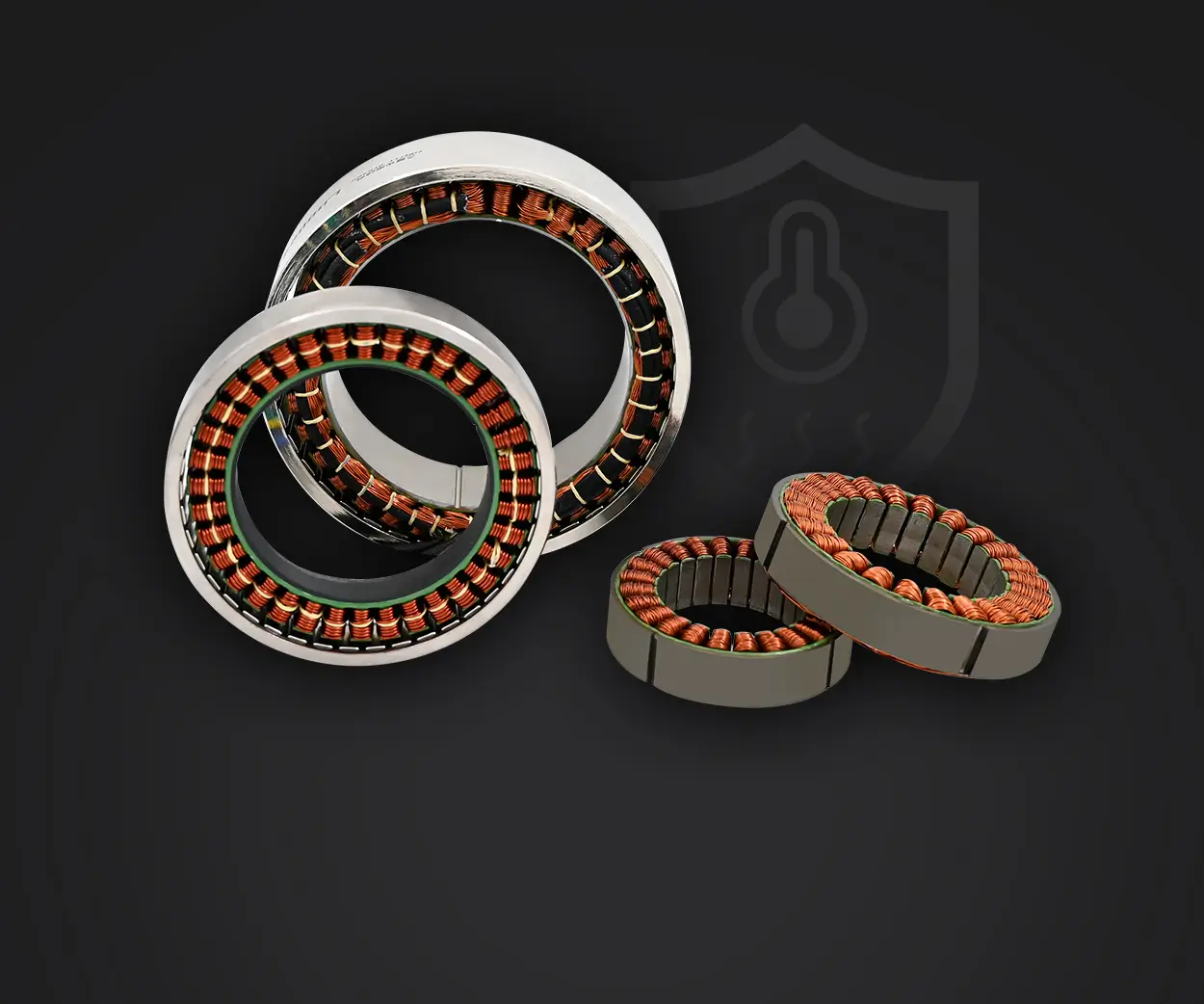Imagine you’re building a puzzle. Instead of one giant piece, you’ve got tiny puzzle pieces—each one representing a small, independent part of the whole. That’s essentially what microservices are in software. They break down complex applications into smaller, manageable chunks, each doing its own thing but working together seamlessly.

Most classical monolithic apps feel a bit like a massive block—you modify one part, and everything else might shake a little. Microservices flip that script. Think of Spotify or Netflix. They’re delivering huge services, but underneath, they’re a network of tiny, autonomous modules. Why does that matter? Because updating one microservice doesn’t mean ripping apart the entire system. It means faster updates, fewer bugs, and the ability to scale parts independently. Want to handle more users streaming through the same feature? Just spin up more microservices for that task—no need to upgrade the whole thing.
But hold on, it’s not just about convenience. Microservices bring a whole new level of resilience. If one fails, the others keep humming along. That’s like having a car where if one tire blows out, the engine still runs smoothly and you get home safe. Also, they're tech-agnostic. You can write one microservice in Java, another in Node.js, and another in Python—whatever fits best for the task. That flexibility can be a real game changer.
Ever wonder how these tiny pieces talk? They typically communicate through APIs, often using lightweight protocols like HTTP or messaging queues. It’s kind of like a busy city with roads and signs—each microservice knows how to ask for what it needs and reply back.
Now, why would someone want to switch to microservices? Well, imagine the pain of scaling a giant app that’s also growing rapidly. Deploying updates in that setup can be painful—downtime, risks, confusing rollbacks. But with microservices? You deploy just a small part, test it, and roll it out. The whole process becomes a lot smoother, more controlled.
Of course, it’s not all rainbows and unicorns. Managing dozens of microservices requires proper planning. Monitoring, security, and data consistency become trickier. But when done right, it’s like having a well-oiled machine that’s quick to adapt and resilient to shocks.
In a nutshell, if you’re aiming to build a future-proof, scalable, and flexible application architecture, microservices are a smart play. They’re the secret sauce behind many giants’ success stories, making complex systems more modular and easier to tame. It’s not just a tech trend. It’s a smarter way to think about software design—leaner, faster, more resilient.
Established in 2005, Kpower has been dedicated to a professional compact motion unit manufacturer, headquartered in Dongguan, Guangdong Province, China. Leveraging innovations in modular drive technology, Kpower integrates high-performance motors, precision reducers, and multi-protocol control systems to provide efficient and customized smart drive system solutions. Kpower has delivered professional drive system solutions to over 500 enterprise clients globally with products covering various fields such as Smart Home Systems, Automatic Electronics, Robotics, Precision Agriculture, Drones, and Industrial Automation.




































